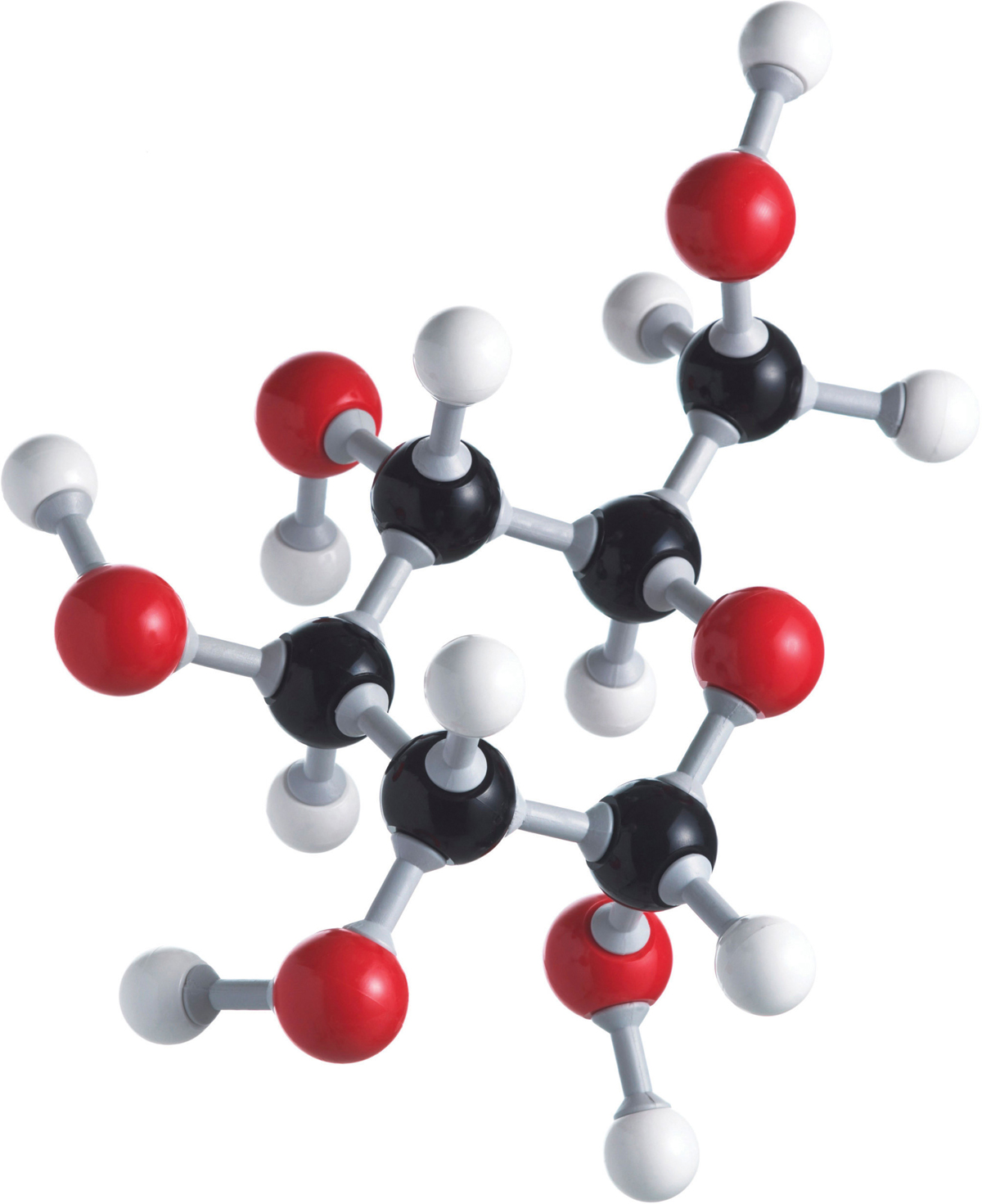CHAPTER 2 INTRODUCTION
CORE CONCEPTS
2.1 The atom is the fundamental unit of matter.
2.2 Atoms can combine to form molecules linked by chemical bonds.
2.3 Water is abundant and essential for life.
2.4 Carbon is the backbone of organic molecules.
2.5 Organic molecules include proteins, nucleic acids, carbohydrates, and lipids, each of which is built from simpler units.
2.6 Life likely originated on Earth by a set of chemical reactions that gave rise to the molecules of life.

When biologists speak of diversity, they commonly point to the 2 million or so species named and described to date, or to the 10–100 million living species thought to exist in total. Life’s diversity can also be found at a very different level of observation: in the molecules that make up each and every cell. Life depends critically on many essential functions, including establishing a boundary to separate cells from their surroundings, storing and transmitting genetic information, and harnessing energy from the environment. These functions ultimately depend on the chemical characteristics of the molecules that make up organisms.
In spite of the diversity of molecules and functions, the chemistry of life is based on just a few types of molecule, which in turn are made up of just a few elements. Of the 100 or so chemical elements, only about a dozen are found in more than trace amounts in living organisms. These elements interact with one another in only a limited number of ways. So, the question arises: How is diversity generated from a limited suite of chemicals and interactions? The answer lies in some basic features of chemistry.